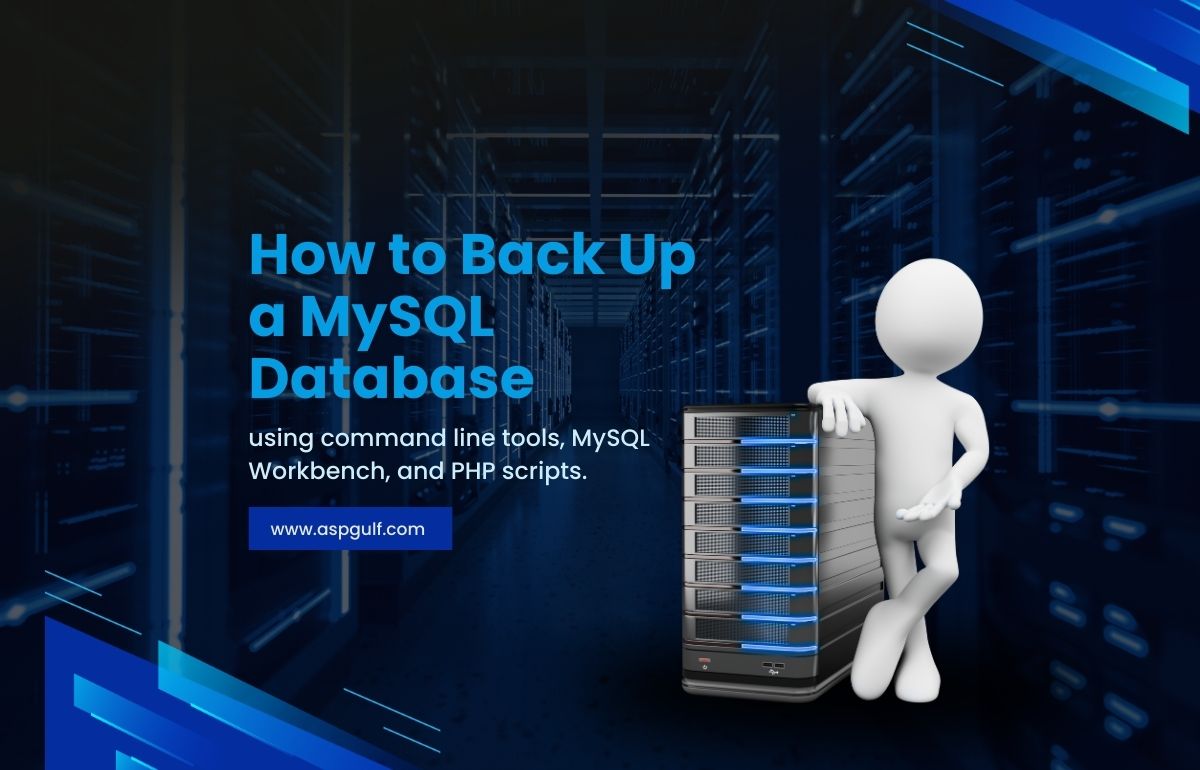Introduction: The Digital Sky Above Us
Have you ever wondered how your favorite streaming service manages to deliver thousands of movies and TV shows to millions of users simultaneously? Or how small startups can suddenly scale their operations to serve a global customer base? The answer lies in the clouds – not the fluffy white ones in the sky, but the digital ones that power our increasingly connected world. Welcome to the realm of cloud computing, a technological revolution that’s reshaping how businesses operate and how we interact with digital services.
In this comprehensive guide, we’ll explore the ins and outs of cloud computing, breaking down complex concepts into digestible bits. Whether you’re an IT professional looking to expand your knowledge, a business owner considering a shift to the cloud hosting, or simply curious about the technology that powers much of our digital lives, this article is for you. So, let’s embark on this journey to understand what cloud computing is, how it works, and why it matters.
What is Cloud Computing? A Simple Explanation
At its core, cloud computing is a way of accessing computing resources – such as storage, processing power, and software – over the internet, instead of having them physically present on your local device or in-house servers. Imagine it as a utility service, much like electricity or water. You don’t need to generate your own electricity or dig a well; you simply tap into a vast network that provides these resources on demand.
In the world of cloud computing, instead of running programs or storing data on your personal computer or a server in your office, you’re using resources that are hosted on remote servers, often spread across multiple locations around the globe. These resources are managed by cloud service providers, who ensure that the services are available whenever and wherever you need them.
“Cloud computing is not about where you run your workloads; it’s about how you run them.” – Werner Vogels, CTO of Amazon
The Evolution of Cloud Computing: From Concept to Necessity
The concept of cloud computing isn’t as new as you might think. Its roots can be traced back to the 1960s when computer scientists like John McCarthy envisioned computation being delivered as a public utility. However, it wasn’t until the late 1990s and early 2000s that the infrastructure and internet speeds became sufficient to make this vision a reality.
The journey of cloud computing has been marked by several milestones:
- 1999: Salesforce pioneers the concept of delivering enterprise applications via a simple website.
- 2002: Amazon Web Services (AWS) launches, providing a suite of cloud-based services.
- 2006: Amazon introduces Elastic Compute Cloud (EC2), allowing businesses to rent virtual computers to run their own applications.
- 2008: Google App Engine is launched as a platform for developing and hosting web applications.
- 2010: Microsoft Azure becomes generally available, offering a wide range of cloud services.
Today, cloud computing has evolved from a novel concept to an essential component of modern IT infrastructure. It’s not just large corporations that benefit; small businesses, startups, and even individual developers are leveraging the power of the cloud to innovate and scale their operations.
How Does Cloud Computing Work?
To understand how cloud computing works, let’s break it down into its key components:
1. Front-end
This is the part that you, the user, interact with. It includes your computer (or smartphone, tablet, etc.) and the application you use to access cloud services. This could be a web browser, a mobile app, or specialized software.
2. Back-end
This is where the magic happens. The back-end consists of servers, storage systems, and databases that are managed by the cloud service provider. These resources are distributed across data centers around the world to ensure reliability and speed.
3. Network
The internet serves as the bridge between the front-end and back-end, allowing data to flow between your device and the cloud servers.
When you access a cloud service, your request travels over the internet to the cloud provider’s system. The system then responds, sending the required data or performing the requested computation. All of this happens in real-time, often so quickly that you don’t even notice the process.

Power of Private Cloud
Explore secure, scalable, and customizable solutions with private cloud. Take control of your IT infrastructure and elevate your business operations today!
The 4 Types of Cloud Computing: Choosing Your Sky
Not all clouds are created equal. Depending on your needs, you might opt for one of four main types of cloud computing:
1. Public Cloud
- Description: Services offered by third-party providers over the public internet.
- Examples: Amazon Web Services (AWS), Microsoft Azure, Google Cloud Platform
- Best for: Organizations looking for scalability and cost-effectiveness without the need to manage their own infrastructure.
2. Private Cloud
- Description: Cloud infrastructure dedicated to a single organization, either managed internally or by a third party.
- Examples: VMware, OpenStack
- Best for: Organizations with strict data digital security and regulatory compliance requirements.
3. Hybrid Cloud
- Description: A combination of public and private clouds, allowing data and applications to be shared between them.
- Examples: IBM Cloud Hybrid, Microsoft Azure Arc
- Best for: Organizations that want to balance the benefits of public and private clouds.
4. Multi-Cloud
- Description: Using multiple cloud services from different providers.
- Examples: Using AWS for computing, Google Cloud for machine learning, and Microsoft Azure for data analytics.
- Best for: Organizations looking to avoid vendor lock-in and optimize for specific services from different providers.
Cloud Computing Services: A Buffet of Digital Offerings
Cloud computing isn’t a one-size-fits-all solution. It offers a range of services to cater to different needs:
1. Infrastructure as a Service (IaaS)
IaaS provides the basic building blocks for cloud IT. It offers access to networking features, computers (virtual or dedicated hardware), and data storage space. IaaS gives you the highest level of flexibility and management control over your IT resources.
Examples: Amazon EC2, Google Compute Engine, Microsoft Azure Virtual Machines
2. Platform as a Service (PaaS)
PaaS removes the need for you to manage underlying infrastructure (usually hardware and operating systems), allowing you to focus on the deployment and management of your applications.
Examples: Heroku, Google App Engine, Microsoft Azure App Service
3. Software as a Service (SaaS)
SaaS provides you with a completed product that is run and managed by the service provider. Often, when people think of “cloud computing,” they’re thinking of SaaS applications.
Examples: Google Workspace, Microsoft 365, Salesforce
4. Function as a Service (FaaS)
Also known as serverless computing, FaaS allows you to execute code in response to events without the complexity of building and maintaining the infrastructure.
Examples: AWS Lambda, Azure Functions, Google Cloud Functions
Characteristics of Cloud Computing: What Makes It Unique?
Cloud computing isn’t just about moving your data to someone else’s computer. It has several defining characteristics that set it apart:
- On-demand self-service: Users can provision computing capabilities as needed without requiring human interaction with the service provider.
- Broad network access: Services are available over the network and accessed through standard mechanisms.
- Resource pooling: The provider’s computing resources are pooled to serve multiple consumers, with different physical and virtual resources dynamically assigned according to demand.
- Rapid elasticity: Capabilities can be elastically provisioned and released to scale rapidly outward and inward with demand.
- Measured service: Cloud systems automatically control and optimize resource use by leveraging a metering capability.
These characteristics enable cloud computing to offer unique advantages over traditional IT infrastructure.
Advantages of Cloud Computing: Why Businesses Are Looking Up
The adoption of cloud computing continues to grow, and for good reason. Here are some of the key advantages:
- Cost Savings: Cloud computing eliminates the capital expense of buying hardware and software and setting up and running on-site data centers.
- Scalability: Cloud services can quickly scale up or down to meet changing demands without the need for massive infrastructure investments.
- Flexibility: Cloud computing allows employees to be more flexible in their work practices, facilitating remote work and collaboration.
- Automatic Updates: Cloud providers regularly update their offerings, giving you access to the latest technology without additional investment.
- Disaster Recovery: Cloud-based backup and recovery solutions save time, avoid large up-front investment, and provide third-party expertise.
- Increased Collaboration: Cloud computing makes collaboration easier. Team members can view and share information easily and securely across a cloud-based platform.
- Competitive Edge: Cloud computing gives you access to enterprise-class technology. It also allows smaller businesses to act faster than big, established competitors.
Challenges and Considerations: Navigating the Cloud Landscape
While the benefits of cloud computing are significant, it’s not without its challenges:
- Security Concerns: Storing data and important files on external service providers always opens up risks. However, cloud providers invest heavily in cloud computing security measures.
- Downtime: Cloud computing makes your business dependent on the reliability of your internet connection. Moreover, even the best cloud service providers can face downtime.
- Limited Control: The cloud infrastructure is entirely owned, managed, and monitored by the service provider, so you have less control than with on-premises systems.
- Vendor Lock-In: Migrating from one cloud platform to another can be difficult and expensive, potentially leading to dependence on a particular vendor.
- Compliance: For some industries, compliance requirements might make it difficult to leverage certain cloud services.
The Future of Cloud Computing: What’s on the Horizon?
As we look to the future, several trends are shaping the evolution of cloud computing:
- Edge Computing: This brings computation and data storage closer to the location where it’s needed, reducing latency and bandwidth use.
- Artificial Intelligence and Machine Learning: Cloud providers are increasingly offering AI and ML services, making these technologies more accessible.
- Serverless Computing: This model allows developers to build and run applications without thinking about servers, further abstracting infrastructure management.
- Multi-Cloud and Hybrid Cloud Strategies: Organizations are increasingly using multiple cloud providers or combining public and private clouds to optimize their operations.
- Quantum Computing: While still in its early stages, quantum computing in the cloud could revolutionize fields like cryptography and complex system modeling.
Conclusion: Embracing the Cloud Revolution
Cloud computing has come a long way from its conceptual roots in the 1960s to become a cornerstone of modern IT infrastructure. Its ability to offer scalable, flexible, and cost-effective computing resources has transformed how businesses operate and innovate.
Whether you’re an IT professional looking to expand your skill set, a business owner considering a move to the cloud, or simply curious about the technology that powers much of our digital world, understanding cloud computing is increasingly important.
As we’ve explored in this guide, cloud computing offers a wide range of services and deployment models to suit various needs. While it comes with its own set of challenges, the benefits often outweigh the drawbacks for many organizations.
As technology continues to evolve, cloud computing will undoubtedly play a crucial role in shaping the future of IT. By staying informed about these developments, you’ll be better equipped to navigate the ever-changing landscape of cloud computing and leverage its power to drive innovation and growth in your own endeavors.
Remember, the journey to the cloud is not just about technology – it’s about transforming how we think about and use computing resources. As you consider your own cloud strategy, focus not just on the technical aspects, but also on how cloud computing can enable new business models, improve customer experiences, and drive operational efficiency.
The sky’s the limit when it comes to cloud computing. Are you ready to soar?



